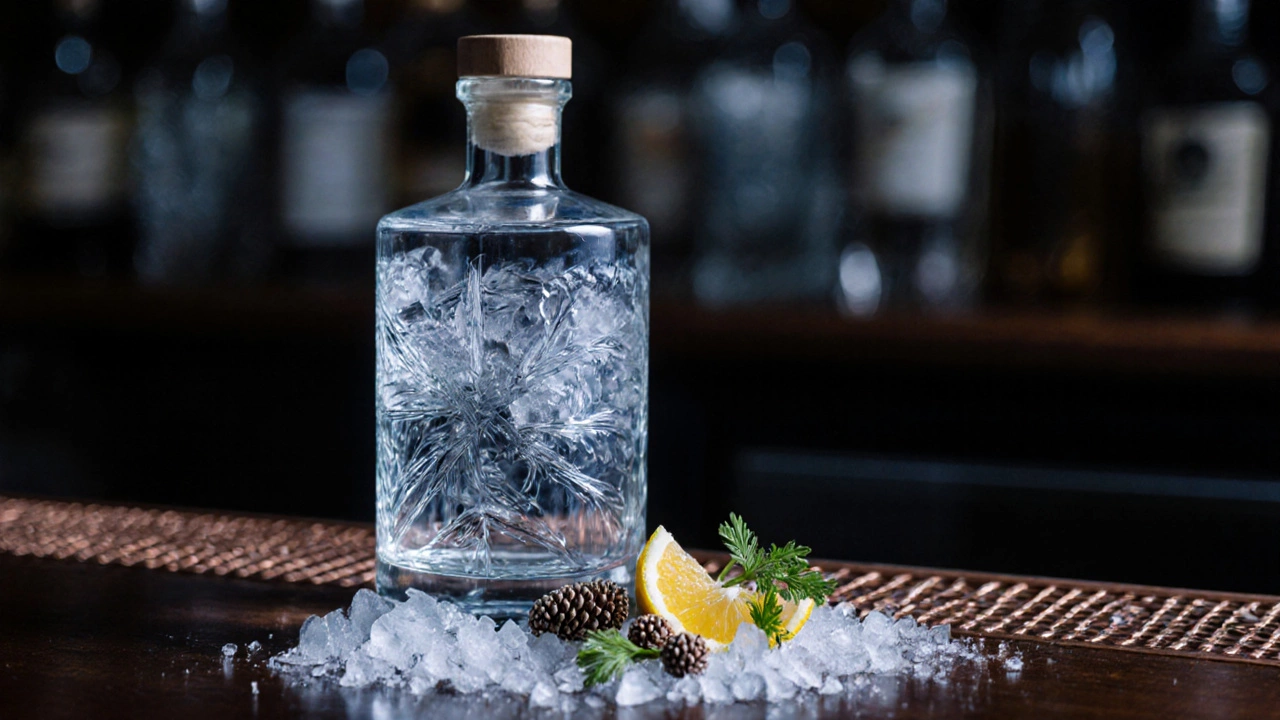Best Gin for a Martini
When hunting for best gin for a martini, the spirit that pairs perfectly with dry vermouth and lets aromatic botanicals shine. Also called martini gin, it becomes the star of a timeless cocktail.
The base spirit, Gin, a distilled spirit flavored with juniper and a mix of herbs, fruits, or spices, provides the backbone. The cocktail itself, Martini, a dry mix of gin and vermouth, often finished with a twist of lemon or an olive, is a study in balance. A key factor, Botanical profile, the combination of juniper, citrus, spice and floral notes that define a gin’s character, dictates whether the drink leans herbal, citrusy, or subtly sweet. Together, these entities shape the final sip, and understanding their relationships helps you pick a gin that sings rather than clashes.
How to Choose the Right Gin
Choosing the best gin for a martini isn’t just about brand reputation; it’s about matching botanical intensity to the dryness of your vermouth. If the gin is too juniper‑forward, the vermouth can get lost. If it’s overly citrusy, the classic crisp edge fades. Look for a gin where juniper is present but balanced by citrus peel, coriander, or a hint of botanicals like angelica root. Brands like Hendrick’s, with its cucumber‑rose twist, and Bombay Sapphire, known for its light, peppery blend, illustrate how different profiles affect the cocktail. A dry, London‑dry style often yields a cleaner, sharper martini, while a more aromatic or contemporary gin can add layers of complexity. The mantra is simple: the gin’s aroma (the first sip) should complement, not overpower, the vermouth’s subtle sweetness.
Another practical tip is to taste the gin neat first. Swirl it in the glass, notice the nose, then take a small sip. If you detect a pleasant balance of juniper, citrus, and spice, you’re likely on the right track. Temperature matters too—serve the gin chilled, but not icy, to let the botanicals open up. When mixing, the classic 2:1 gin‑to‑vermouth ratio works for most dry gins; adjust to 3:1 if you prefer a cleaner taste, or 1:1 for a richer, more vermouth‑forward drink. Garnish choice—olive versus lemon twist—can further highlight specific botanical notes, so experiment based on what you hear in the gin’s scent.
The posts below dive deeper into gin comparisons, cocktail techniques, and tasting science. Whether you’re a seasoned bartender or just curious about why a Hendrick’s martini tastes different from a Bombay Sapphire version, you’ll find practical advice, brand breakdowns, and flavor‑pairing ideas to sharpen your next pour.
Discover the top gin for a martini in 2025, with a style guide, taste comparison, step‑by‑step recipe and FAQs to craft the perfect cocktail.
View Details

